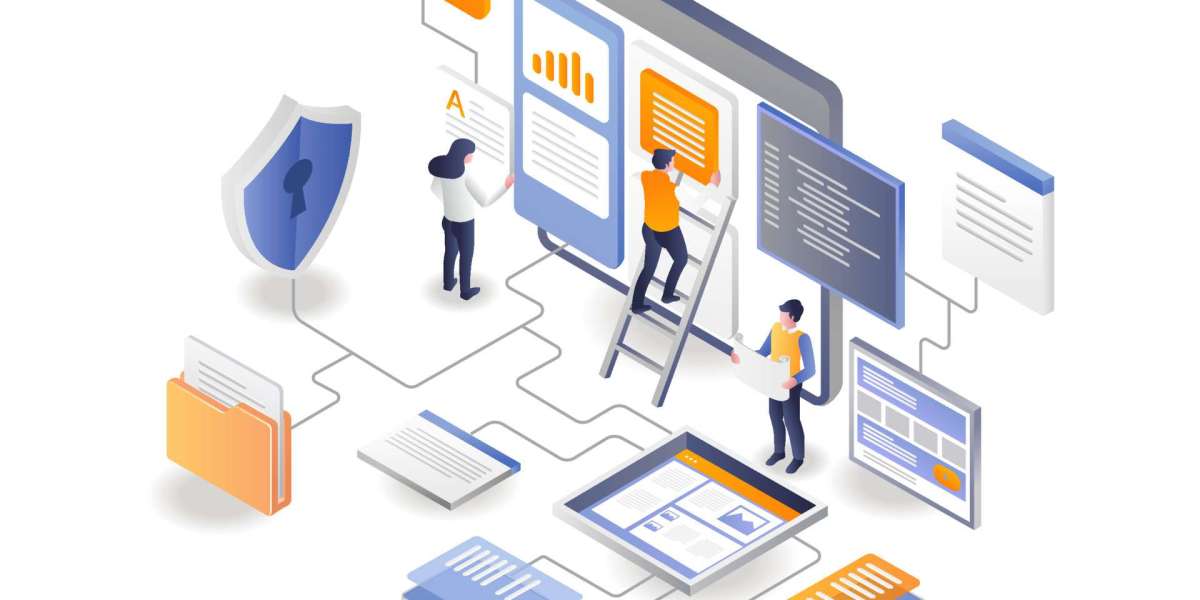In today's digital age, mobile applications have become essential tools for businesses to engage with customers, streamline operations, and drive growth. However, the process of app development can be complex and challenging without proper planning and execution. To ensure the successful development of a business app, consider the following ten essential steps:
1. Define Clear Objectives and Goals
Before starting app development, clearly define the objectives and goals of your business app. Determine the problem it aims to solve, the target audience it serves, and the key features and functionalities it should include. Having a clear vision from the outset will guide the development process and help prioritize tasks effectively.
2. Conduct Market Research
Understand your target market and the competitive landscape by conducting thorough market research. Identify customer needs, preferences, and pain points to ensure that your app addresses genuine user problems and provides value. Analyze competitor apps to identify strengths, weaknesses, and opportunities for differentiation.
3. Create a User-Centric Design
Design your app with the end user in mind to ensure a positive and intuitive user experience (UX). Develop wireframes and prototypes to visualize the app's layout, navigation, and functionality before proceeding with development. Incorporate feedback from user testing to refine the design and enhance usability.
4. Choose the Right Technology Stack
Selecting the appropriate technology stack is crucial for the performance, scalability, and maintainability of your app. Consider factors such as platform compatibility, development time, cost, and scalability when choosing programming languages, frameworks, and tools for app development.
5. Develop a Minimum Viable Product (MVP)
Start with developing a minimum viable product (MVP) that includes essential features and functionalities required to address the core needs of your target audience. Launching an MVP allows you to validate your app concept, gather user feedback, and iterate based on real-world usage before investing in full-scale development.
6. Implement Agile Development Methodology
Adopt an agile development approach to iteratively build and improve your app in small increments. Break down the development process into manageable sprints, prioritize features based on user feedback and business value, and continuously test and iterate to deliver a high-quality app efficiently.
7. Focus on Quality Assurance and Testing
Thoroughly test your app throughout the development process to identify and address any bugs, errors, or usability issues. Conduct functional testing, performance testing, usability testing, and security testing to ensure that your app meets quality standards and delivers a seamless user experience across devices and platforms.
8. Optimize for App Store Submission
Prepare your app for submission to app stores by optimizing its metadata, including app title, description, keywords, and screenshots. Follow app store guidelines and best practices to increase visibility, improve search rankings, and maximize downloads and user engagement.
9. Launch and Market Strategically
Plan a strategic launch for your app to generate buzz and excitement among your target audience. Develop a comprehensive marketing strategy that includes pre-launch promotion, influencer outreach, app store optimization (ASO), social media marketing, and paid advertising to drive app downloads and user acquisition.
10. Gather Feedback and Iterate Continuously
After launching your app, actively solicit feedback from users and monitor key metrics such as app downloads, user engagement, retention rates, and in-app purchases. Use analytics tools to track user behavior and preferences and iterate on your app based on actionable insights to continuously improve its performance and user satisfaction.
By following these ten essential steps for successful app development for business, you can increase your chances of creating a high-quality app that meets user needs, drives business growth, and achieves long-term success in the competitive mobile app market.



